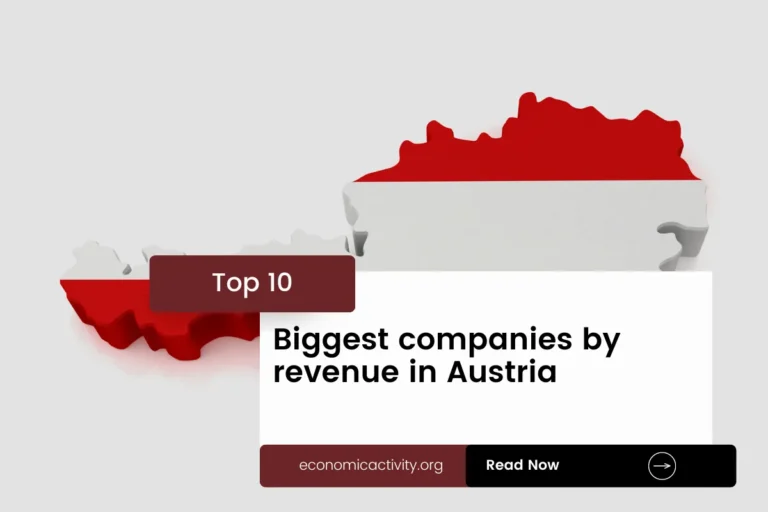Comoros, with a population of 836,774, is ranked 154th globally, just behind Fiji. Located in the Indian Ocean, it covers 1,861 square kilometers, ranking 163rd, below Mauritius.
Comoros, a small island nation in the Indian Ocean, has an estimated GDP of $1,242,519,407.28 in 2022, ranking 176th globally. It lags behind Seychelles, which has a GDP of $1,588,438,144.38. The GDP per capita in Comoros is $1,484.89, placing it at the 157th position worldwide.
Guinea surpasses Comoros in this aspect with a GDP per capita of $1,515.17. Despite facing economic challenges, Comoros is striving to improve its economic position and enhance the living standards of its citizens.
What are the economic activities of Comoros?
- Primary activities: 47.7% of GDP.
- Secondary activities: 11.8% of GDP.
- Tertiary activities: 40.5% of GDP.

Primary Sector of Comoros
Comoros’ primary sector, mainly agriculture, thrives due to its tropical climate and abundant natural resources. Agricultural land covers 71.47% of the country. The main products include coconuts, bananas, cassava, yams, maize, taro, milk, tomatoes, sweet potatoes, and pulses.
Despite contributing 47.7% to the GDP, agriculture plays a vital role in the economy. The variety of crops and animal products highlights the sector’s importance and sustains livelihoods in Comoros.
The country’s geological diversity, with its volcanic origins, influences the availability of natural resources. The primary sector heavily relies on fish, contributing significantly to the economy through fishing industries and exports.
Secondary Sector of Comoros
What is the secondary sector or what are secondary activities?
The secondary sector encompasses industries that transform raw materials into finished products for consumption. In Comoros, industrial products include perfume distillation.
In 2023, manufactures in the total exports of Comoros accounted for a minimal percentage, indicating their limited significance in driving the country’s export economy.
Tertiary sector of Comoros
What is the tertiary sector or what are tertiary activities?
The tertiary sector in Comoros encompasses services that enhance productivity and meet needs through knowledge and time. Main activities include healthcare, education, banking, communication, tourism, transportation, and security services. These sectors play a vital role in the country’s economic development and social well-being.
Specifically, Comoros’ tourism industry holds limited significance in its economy. With a mere 50,360 annual arrivals and a low tourist-to-population ratio, the sector’s contribution remains negligible. Efforts are needed to harness Comoros’ potential and diversify its economic drivers beyond tourism.
Another example of tertiary economic activity is the mobile cellular sector, with approximately 839,000 subscriptions, supporting technological growth by enhancing communication and access to digital services across the population.
International Trade of Comoros
Import Activities of Comoros

The import activities of Comoros are of high importance, accounting for 35.07% of GDP in 2023, totaling $43,569,746.93.
Comoros primarily imports rice, refined petroleum, poultry, water, and synthetic fabric. Its main import partners are the UAE (25%), China (19%), India (12%), France (8%), and Tanzania (7%). These imports play a crucial role in meeting the country’s domestic demand and supporting its economy.
Exports Activities of Comoros

In 2023, Comoros had total exports of 157,999,758.12. With exports accounting for 12.72% of its GDP, export activities hold medium importance in driving the country’s economic growth.
Comoros primarily exports cloves, ships, vanilla, essential oils, and scrap iron. Its top export partners are Turkey (23%), India (19%), UAE (9%), US (9%), and Indonesia (8%).
Comoros economy challenges in 2024
In 2024, Comoros faces economic challenges due to declining remittances and adverse impacts of cyclones and COVID-19. Structural and fiscal reforms are underway, but state-owned enterprises struggle. Despite manageable debts, the country’s liquidity environment remains fragile. Large foreign direct investments offer hope for recovery.




Leave a Reply